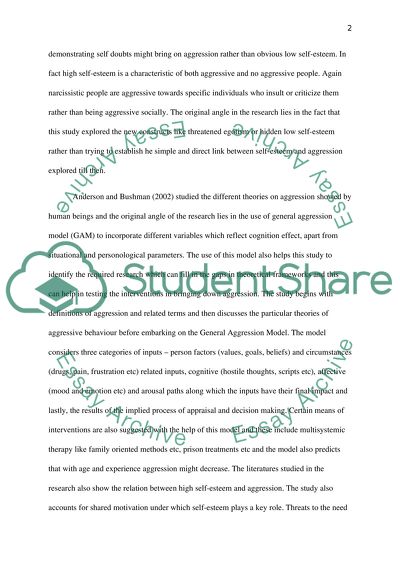Cite this document
(“The Relationship between Self-Esteem and Aggression Dissertation”, n.d.)
Retrieved from https://studentshare.org/archaeology/1404125-the-relationship-between-self-esteem-and
Retrieved from https://studentshare.org/archaeology/1404125-the-relationship-between-self-esteem-and
(The Relationship Between Self-Esteem and Aggression Dissertation)
https://studentshare.org/archaeology/1404125-the-relationship-between-self-esteem-and.
https://studentshare.org/archaeology/1404125-the-relationship-between-self-esteem-and.
“The Relationship Between Self-Esteem and Aggression Dissertation”, n.d. https://studentshare.org/archaeology/1404125-the-relationship-between-self-esteem-and.


